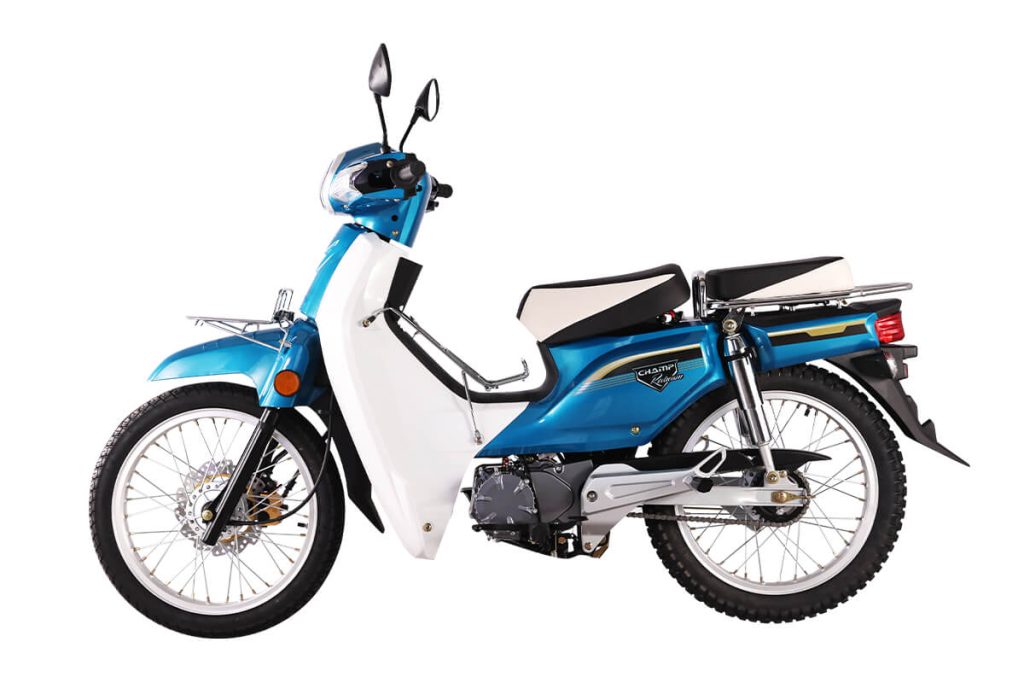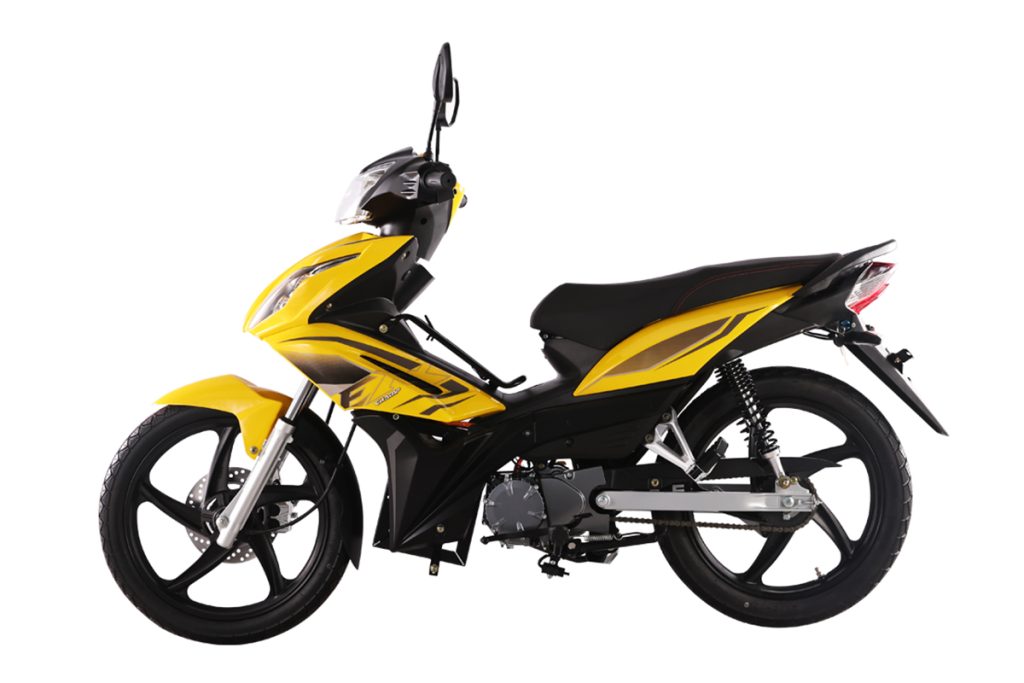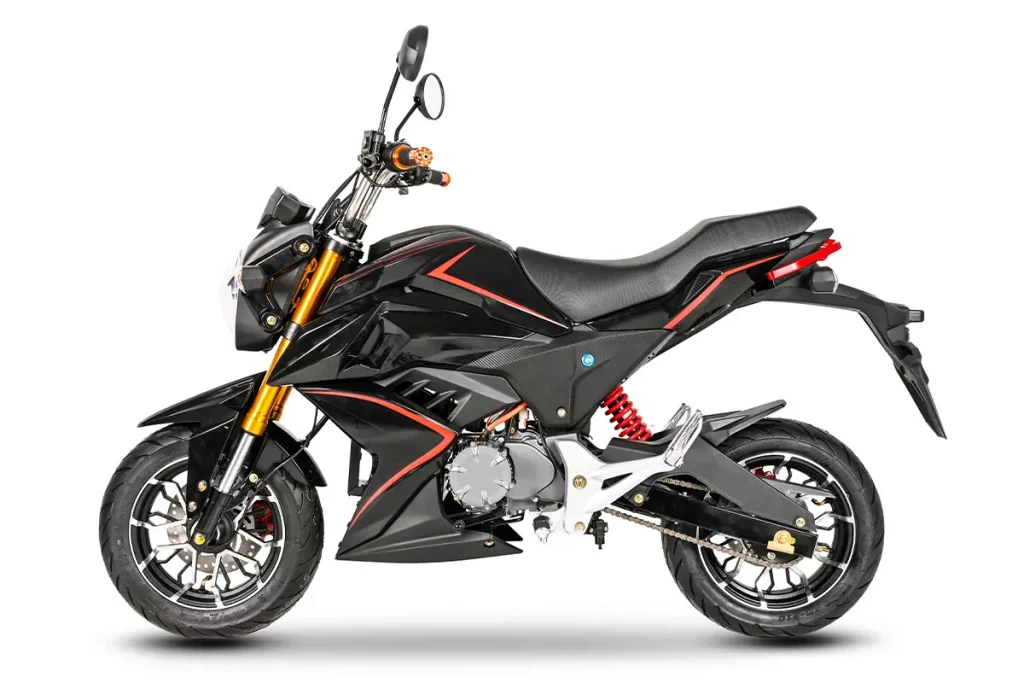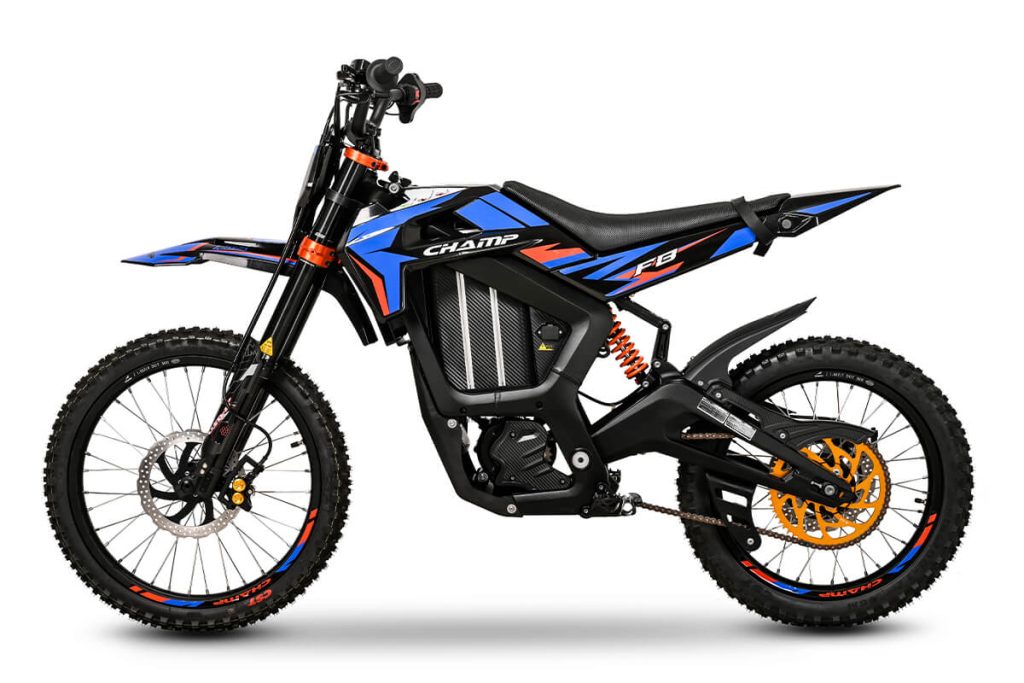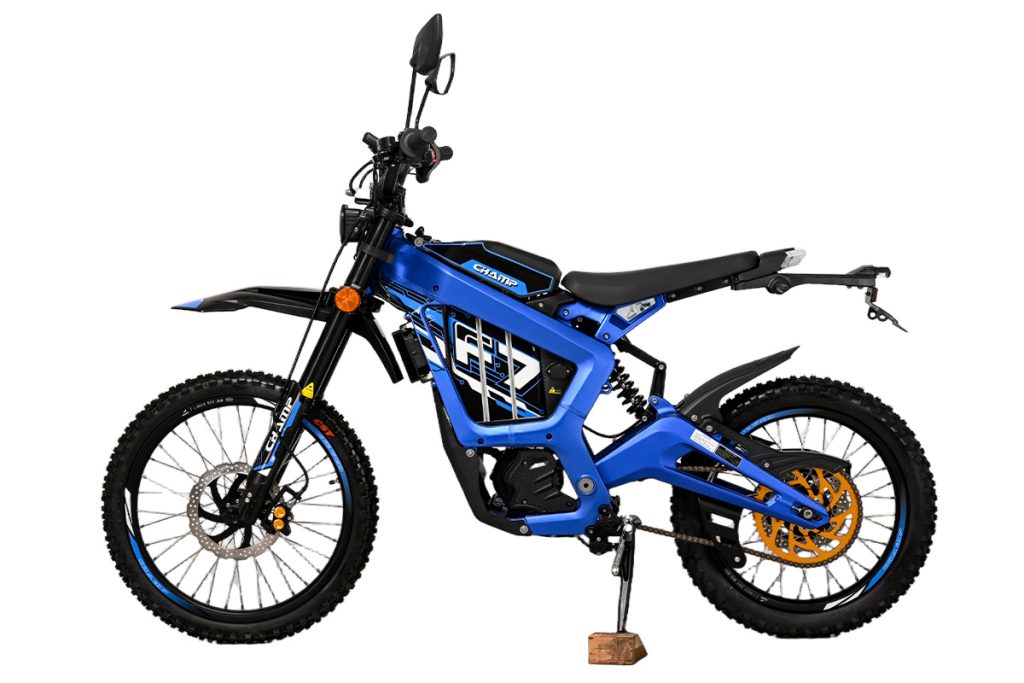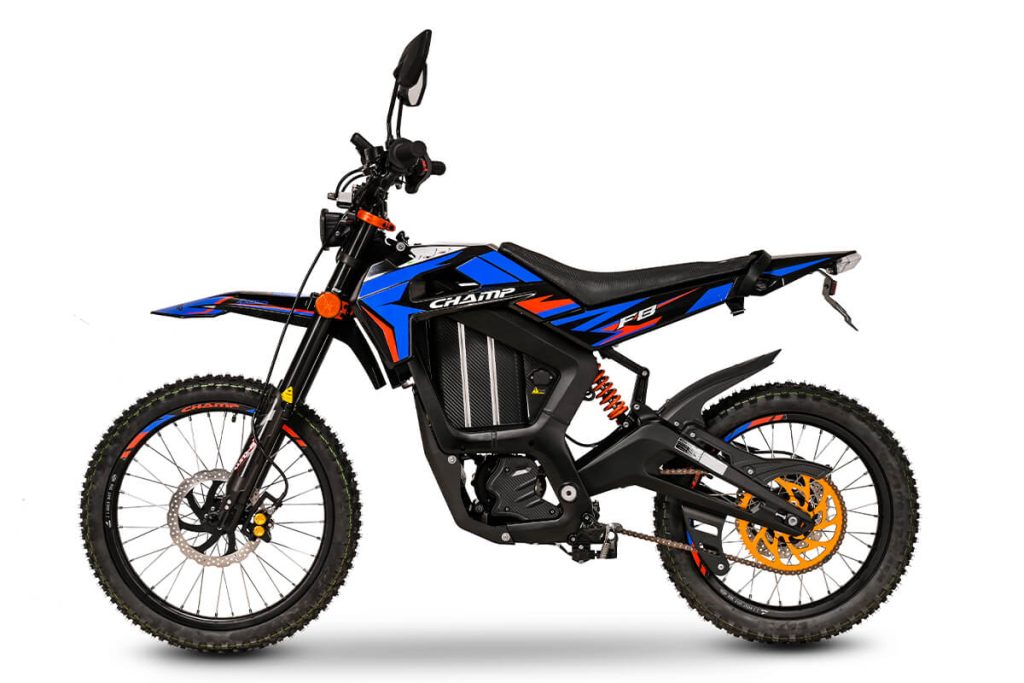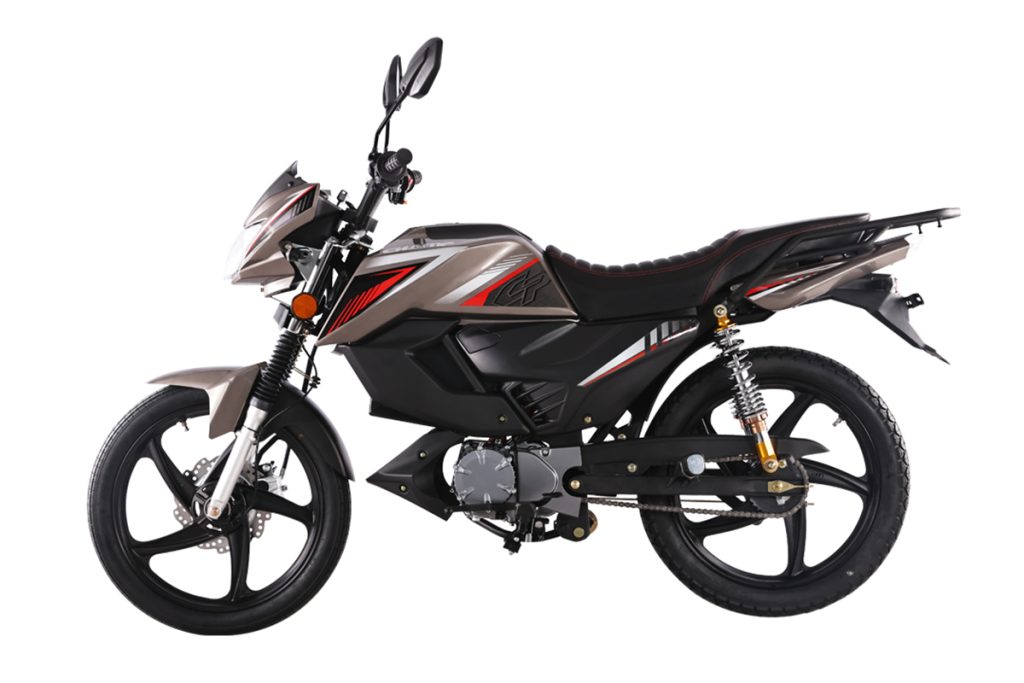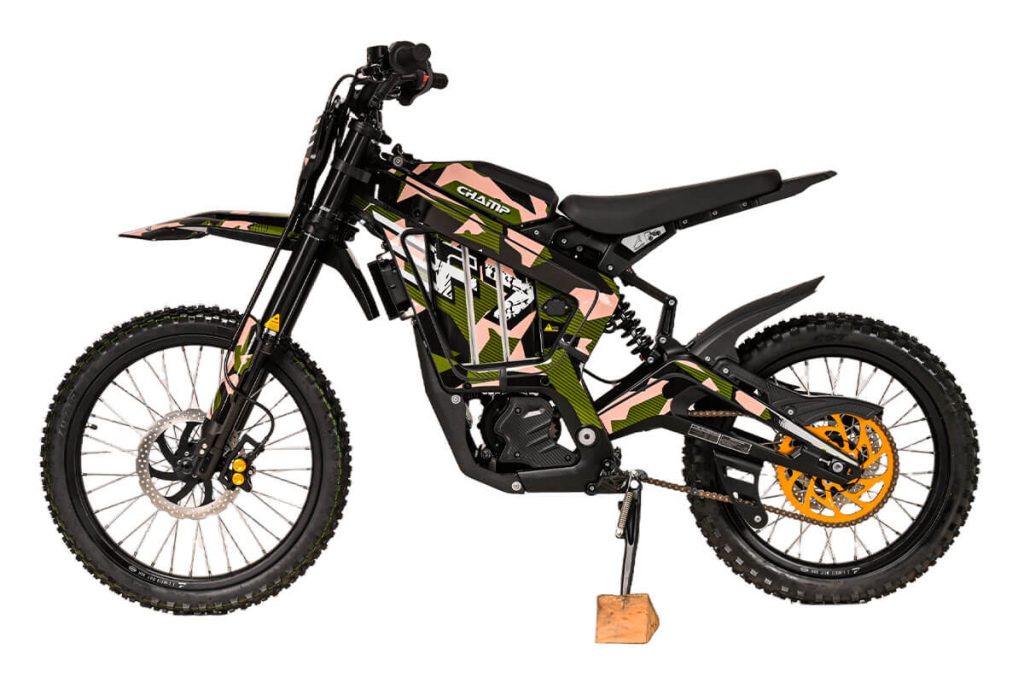How to Ride a Motorcycle in the Rain Safely?
With the onset of the rainy season, those who travel on two wheels encounter a problem—how to maintain safety while riding on the wet, slippery road. This is the time when riding a motorcycle in the rain requires the rider to take much more safety measures. Here, we shall comprehensively address different riding stages from preparation to maintenance after riding, elaborating on crucial dos and don’ts as well as frequent errors to make when riding a motorcycle in the rain. Assist riders to work efficiently through the rainy season.

Is It Safe to Ride a Motorcycle in the Rain?
In summary: Yes, but only if precautions are taken and protective gear is worn. Rainy days can challenges to a rider’s safety, including lack of visibility, decreased traction, and slippery roads. Provided you are properly equipped and exercise some safety and skill, cycling can still be done safely in the rain.
That being said, if one’s safety is a concern, cycling during extreme weather conditions like storms, flooded roadways, or freezing rain should be avoided due to the increased likelihood of accidents. Controlled rain conditions, however, with the correct mindset and proper riding gear, can enhance skills and focus.
Pre-Ride Checklist for Rainy Weather
Preparation is the foundation of safe wet-weather riding. Here’s what to check before heading out:
Inspect the Vehicle Condition
Most important of all, checking the condition of the motorcycle ensures proper safety prior to riding. Inspect the tires and their pressure to ensure proper gripping surfaces. Sensitive braking systems require inspection of the brake pads, brake fluid, and other auxiliary systems. Ensure the headlights, turn signals, wipers, and rearview mirrors are functioning so the driver is aware of road and environmental conditions, especially in low visibility.
Wear Suitable Waterproof Apparel
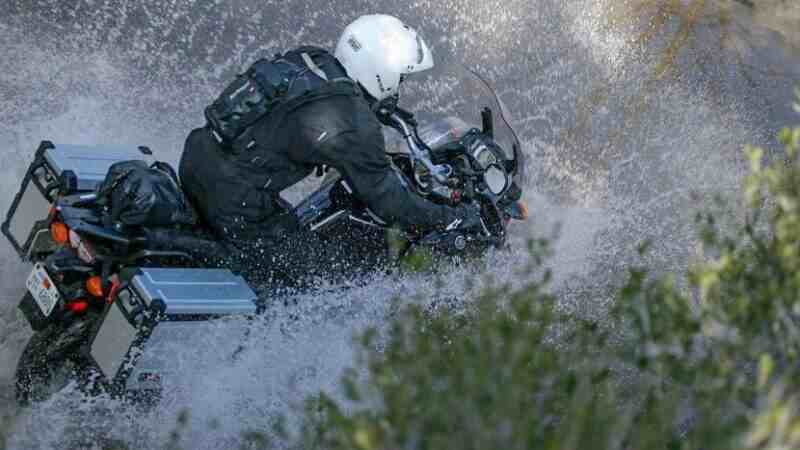
Rain cycling, the most preferred type of cycling is cycling in the rain, is made easier by the right apparel. A rain coat or cycling boots are a must. Keeping the body comfortable and adequately dry during cycling is crucial, and cycling apparel will assist in keeping the body dry. Furthermore, offering gloves and a helmet liner will assist in the hands and protection against rain to ensure the hands do not get wet while performing important activities.
Carry Emergency Cuipments
Before setting off, prepare some emergency tools, such as spare light bulbs, cable ties, small air pumps, simple repair tools, etc., in case of emergency. At the same time, carry a clean cloth to wipe the rearview mirrors and headlights when parking to improve visibility.
Tips for Riding a Motorcycle in the Rain
Slippery roads do not mean the cessation of cycling; instead, they require an elevation in the level of prudence exercised while riding. The following describes some essential tips for cycling:
1. Maintain Proper Following Distance and Control Your Speed
Riding during the rains poses multiple risks including the increased distance required for a rider to come to a complete stop. Proper speed reduction while riding is important for both reaction time as well as for braking distance. Apart from adequate spacing from the riders in front, riders should also maintain a safe distance from the vehicle ahead in order to mitigate the risk of being rear-ended in case the vehicle brakes unexpectedly.
2. Exercise Extreme Care While Riding Through Waterlogged Roads
When approaching waterlogged roads, do not speed headlong into them. Always evaluate a road’s condition alongside the depth of the water. Try to avoid water that is deeper than the vehicle’s clearance to prevent stalling. Control of the vehicle could also be lost if the vehicle encounters potholes. In order to traverse, do so at minimal speed while maintaining balance to avoid loss of control, and do not splash water that may obstruct your view.
3. Observe Alterations on the Road Surface
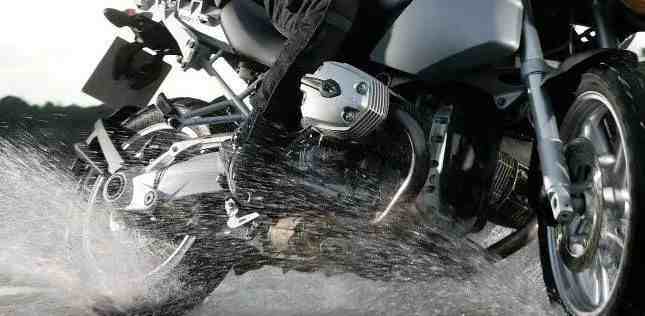
Road surfaces may have water, oil, or fallen leaves during the rain which may reduce tire adhesion. A person cycling should be alert to the changes in road surfaces so that they can predict and circumvent dangerous zones. Reflective signs and road markings can assist in navigation during rain and highlight road rotation and speed limits. Drivers should always look out for road signs.
4. Lights Should Be Used Wisely
Make sure to check that your headlights, taillights, and turn signals are working properly before riding. During rain, use low beam headlights. High beams will create glare because they reflect off water droplets. Use of hazard lights while moving, can cause other drivers to become confused, hence should not be used. In case your helmet visor has fog, anti-fog inserts can be used or visor can be opened a bit to enhance visibility.
5. Keep an Active and Healthy Mindset and Mental Resilience
When riding a bicycle in the rain, a rider’s mental clarity and physical fitness simultaneously undergo a rigorous evaluation. Keep a level and steady mindset to avoid getting restless and impatient due to challenging weather, poor visibility, and complex road conditions. Also, to avoid the mental fog associated with prolonged driving fatigue, exercise mental sharpness and alertness in long, drawn-out commutes.
Common Mistakes to Avoid When Riding in the Rain

Experienced riders are not immune to falling prey to these issues during inclement weather. Avoid this:
1. Inadequate Clothing
Riding in everyday clothing or cotton materials will get soaked, making conditions uncomfortable. This will impact reaction time.
2. Excessive Confidence In the Face of Danger
Assuming that roads are wet relaxed styling is bound to get riders into trouble. This will increase the chances of slipping out with sudden acceleration and cornering.
3. Tire Condition
Riders should practice due diligence. Tires that are worn out, or have insufficient air pressure are significantly dangerous during wet conditions.
4. Relying On the Rear Brake Only
The front brake tends to be ignored by many riders during wet conditions. This is not ideal as a balance of both front and rear brakes is necessary for optimal control.
5. Ignoring Water Depth
Riders should not blindly assume their bike will be unharmed while riding through deep waters. Deep waters could be concealing a pothole while also increasing the chances of hydroplaning. Riders should avoid risking their safety and find an alternate route instead.
What to Do After Riding a Motorcycle in the Rain
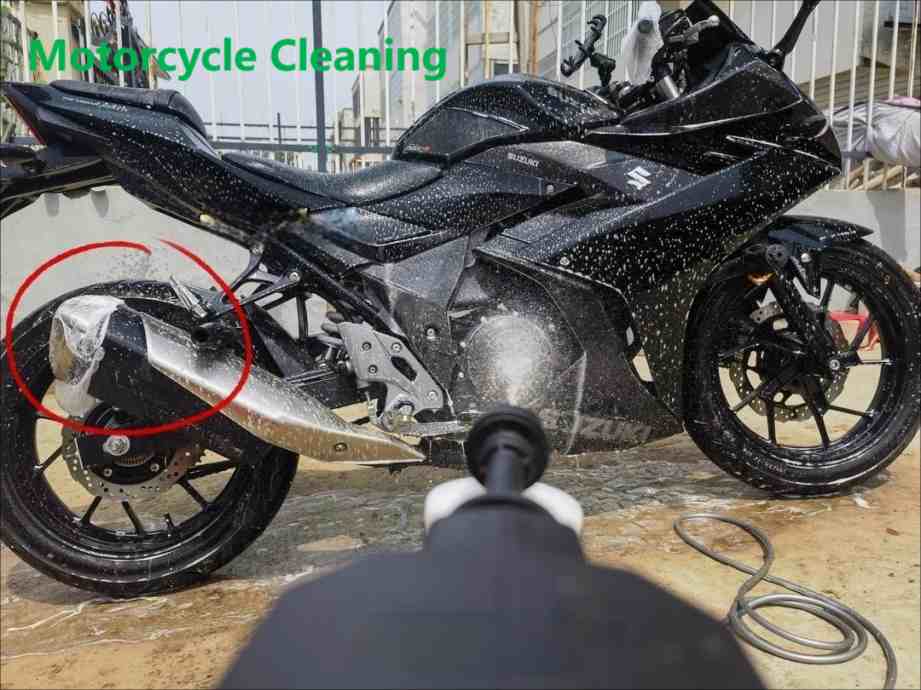
Your efforts do not end after your arrival home. Proper follow through after riding extends a motorcycle’s service life and keeps it ready for the next ride.
- Motorcycle cleaning: During rides, most motorcycle riders encounter rain, and the first task after reaching their destinations is cleaning the motorcycle. Insufficient cleaning and drying of rainwater and, particularly, stagnation of water in the engine after rides can encourage rusting in the motorcycle parts. Wiping the motorcycle and its keys, wheels and chassis minimizes rust corrosion.
- Lubrication of sprocket: tightly closing and vigorously shaking a motorcycle sprocket makes it rust, increasing the maintenance expenses. During the maintenance, the sprocket also needs to and should be lubricated. Proper maintenance of the sprocket elongates its service life. During maintenance of motorcycles, the chains also need to be dried and cleaned with a piece of cloth. Rust forming around motorcycles also leads to unpleasant odors and should be avoided through maintenance.
- Electrical check: Issues like dampness accumulating in the fuse boxes, battery compartments, and under the seat is a serious turn off. Dampness leads to limited electronic problems.
- Equipment cleaning: Continues wearing of damp gloves make riders smell too. Moreover, keeping damp gloves in sealed containers leads to accumulation of bacteria which is unhygienic. Hence, it is crucial to adequately dry gloves, trousers, and jackets before putting them in a well ventilated area.
Final Thought
To summarize, operating motorbikes during the rainy season requires the rider to have a profound level of attention to safety as well as robust riding experience. As a result, adequate pre trip preparations, attention to details during the ride coupled with a well mastered emergency response plan, necessary reduction of risks associated with riding a bicycle in the rain can be achieved for the cyclists and for other users of the road.

